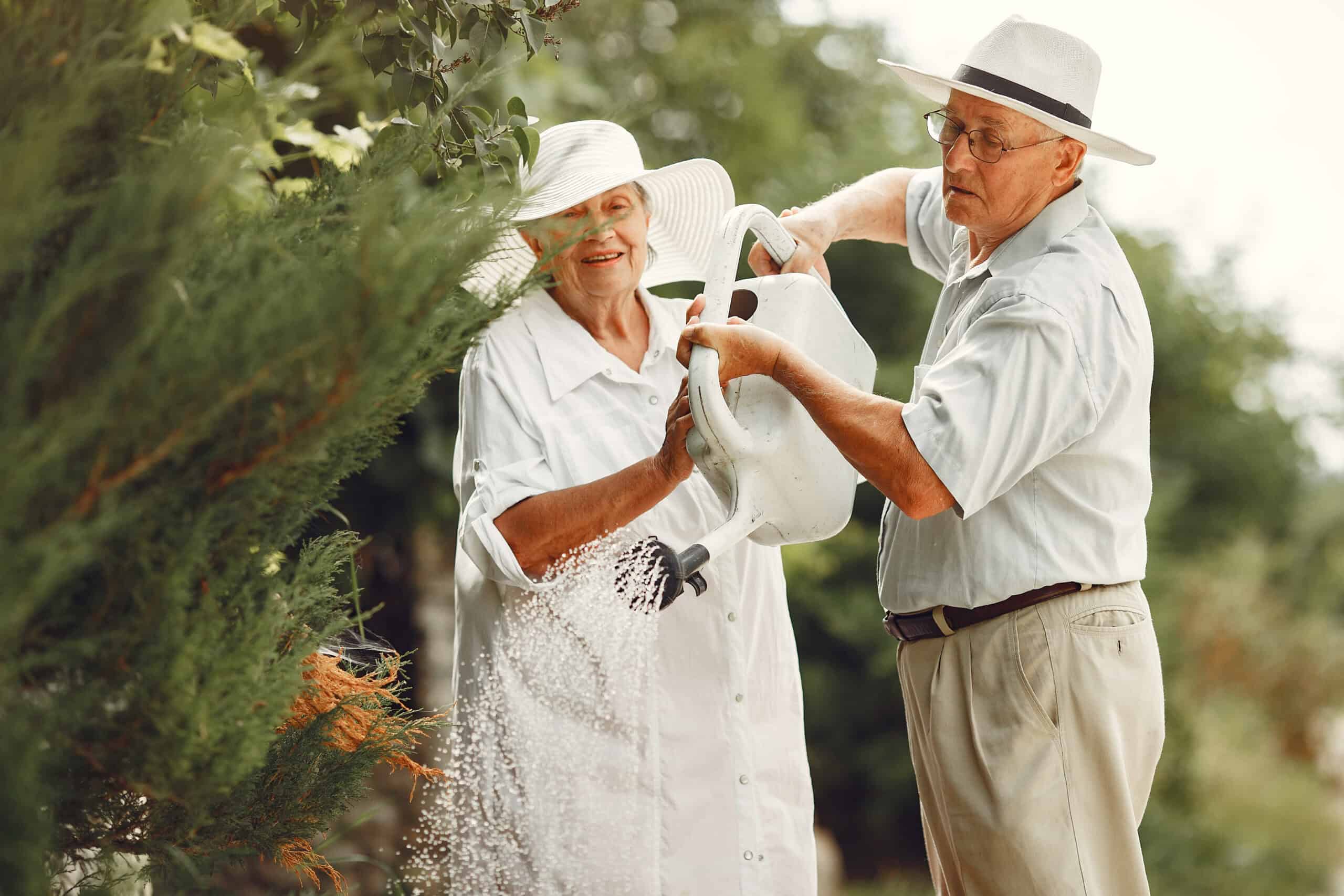January 23, 2016
This was a week of shoveling. We had to shovel out at home and here at the club. We did not close Aging With Grace except on Saturday, but no one was scheduled to come anyway. We closed so that no one would try to come into our parking lot and have an accident. It was really bad because of all the snow drifts and we are on a heavily traveled road. I helped a little but mostly Larry did it.
Larry, my husband and my partner, loves to shovel! He is from upstate NY and misses all the snow. He is in great shape for a 65 year old man. He has slightly high blood pressure and high cholesterol, but does not take any medication to manage it. He is trying to lower his numbers with diet and exercise. He won’t give up drinking his morning coffee pot laced with heavy cream, however. I am done with nagging. And once Larry starts an endeavor, he finishes it. I have always loved that characteristic about him, but as he gets older I am afraid he might suffer some negative health consequences from not taking breaks and from not waiting until another day to finish a difficult job.
The Herald Leader published an article this week about safely snow shoveling, and I think all would do well to heed this advice:
But with really big snow storms – and even everyday, run-of-the-mill snowfalls – comes a risk of death by shoveling. According to CBS News in Chicago, by early February 2015, around 18 people in the Chicago area had died in snow shoveling-related incidents. They ranged in age from their 40s to 75. Nationwide, snow shoveling is responsible for thousands of injuries and as many as 100 deaths each year.
So, why so many deaths? Shoveling snow is just another household chore, right?
Not at all, says Harvard Health Executive Editor Patrick J. Skerrett.
“Picking up a shovel and moving hundreds of pounds of snow, particularly after doing nothing physical for several months, can put a big strain on the heart,” Skerrett wrote in February 2013. Unlike other forms of exercise, people who shovel snow are goal and task driven…they want to get it done, so they don’t listen to their bodies as they would when they are attempting a new exercise regimen.
Pushing a heavy snow blower also can cause injury. And, there’s the cold factor. Cold weather can increase heart rate and blood pressure. It can make blood clot more easily and constrict arteries, which decreases blood supply. This is true even in healthy people. Individuals over the age of 40 or who are relatively inactive should be particularly careful.
National Safety Council recommends the following tips to shovel safely.
Do not shovel after eating or while smoking
Take it slow and stretch out before you begin
Shovel only fresh, powdery snow; it’s lighter
Push the snow rather than lifting it
If you do lift it, use a small shovel or only partially fill the shovel
Lift with your legs, not your back
Do not work to the point of exhaustion, take breaks.
Don’t pick up that shovel without a doctor’s permission if you have a history of heart disease. If you feel tightness in the chest or dizziness, stop immediately. A clear driveway is not worth your life.
Snow Blower Safety
Be safe with these tips from the American Society for Surgery of the Hand and the American Academy of Orthopedic Surgeons:
If the blower jams, turn it off
Keep your hands away from the moving parts
Do not drink alcohol and use the snow blower
Be aware of the carbon monoxide risk of running a snow blower in an enclosed space
Refuel your snow blower when it is off, never when it is running
The post January 23, 2016 appeared first on Aging With Grace.






